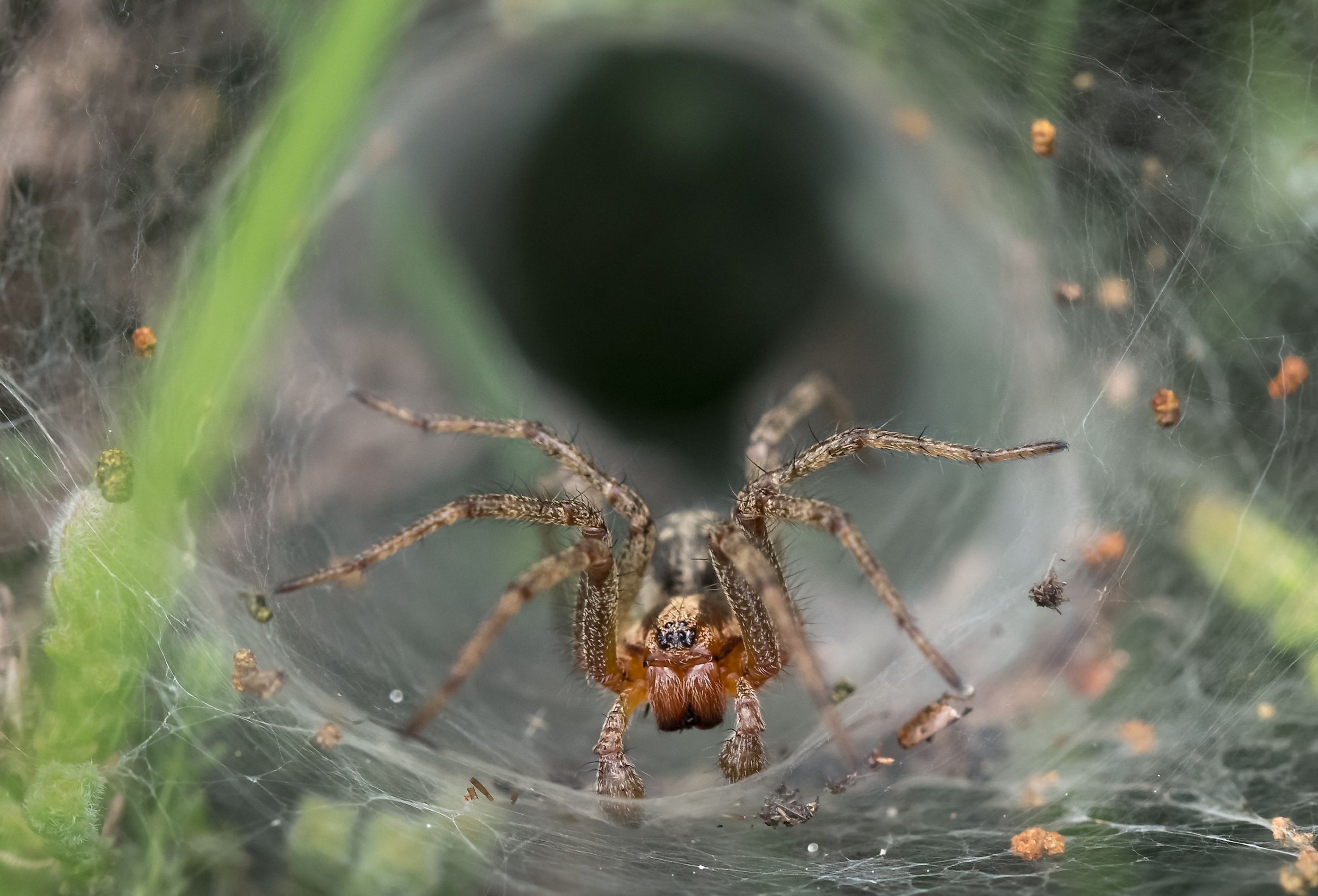
What Is The Most Venomous Spider In The World?
There are tens of thousands of species of spiders crawling around this planet, and practically all of them are venomous. However, only about 25 to 30 of these are considered potentially dangerous to humans. And of these contenders, the Sydney funnel-web spider (Atrax robustus) reigns supreme as the most venomous (as defined by its toxicity to humans). Discover why this Eastern Australian arthropod packs such a potent bite, and how it compares to other top contenders. Venomous creatures inject their prey with damaging toxins for the purposes of hunting or self-defense, whereas something that is poisonous is passively harmful to other beings when it is consumed, or otherwise contacted.
The Funnel-Web Spider: A Closer Look
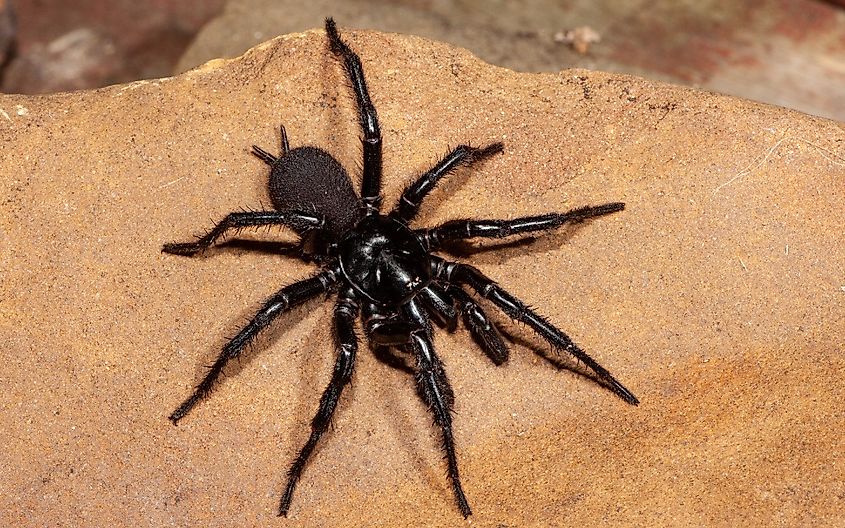
The name "funnel-web spider" corresponds to 35 species within three genera: Hadronyche, Illawarra, and Atrax – all of which build distinctive burrows/traps that feature a funnel-shaped opening, complete with trip-wires to detect prey (i.e., mostly insects, but also small lizards or frogs).
The full taxonomy for the Sydney funnel-web spider is as follows:
- Kingdom: Animalia
- Phylum: Arthropoda
- Subphylum: Chelicerata
- Class: Arachnida
- Order: Araneae
- Infraorder: Mygalomorphae
- Family: Atracidae
- Genus: Atrax
- Species: A. robustus
Found throughout the bushlands and suburban gardens of New South Wales (particularly in the greater Sydney area), this dark-colored (black or brown) critter has a glossy carapace, and generally grows up to 2 inches (5 centimeters), legs included. Upon closer inspection of its front side, daunting, rearward-facing fangs capable of puncturing human skin (and even fingernails) become apparent, as well as robust fang bases. Though the females are the larger sex, they are mostly passive, and remain in their elaborate burrows for nearly their entire lives. Males, on the other hand, are the adventurers and the aggressors.
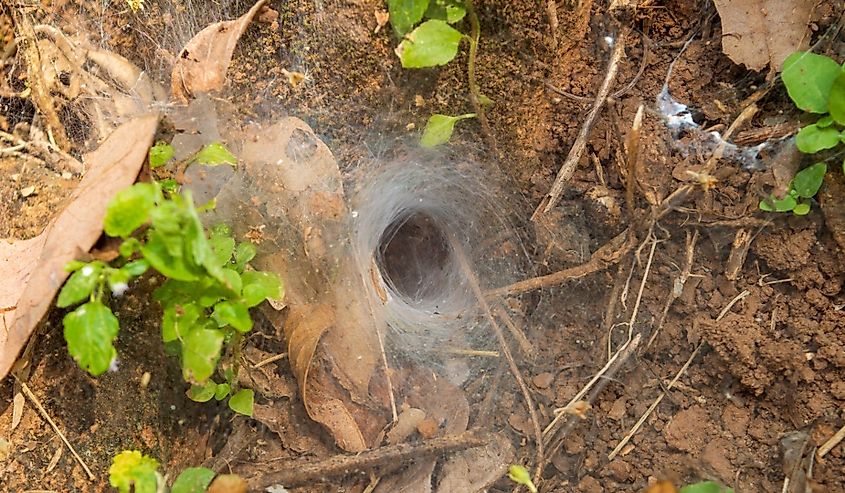
Under the cover of darkness (funnel-web spiders are highly sensitive to light), and especially in the wake of a summer rain, mature males (i.e. two to three years old) will wander out of their burrows in search of a female. If successful, the lovers will first engage in a duel, before rising onto their hind legs and pressing their bodies together. Once copulation has occurred, males usually die within a few months, whereas the females can live for several years. It is on nights that male funnel-webs fail to locate a receptive female that they seek shelter in people's homes, and even inside their shoes. This is when bites can occur. If threatened, they may assume the same mating posture, which makes them look bigger, and flashes their fangs in the process. Males can also deploy startling agility.
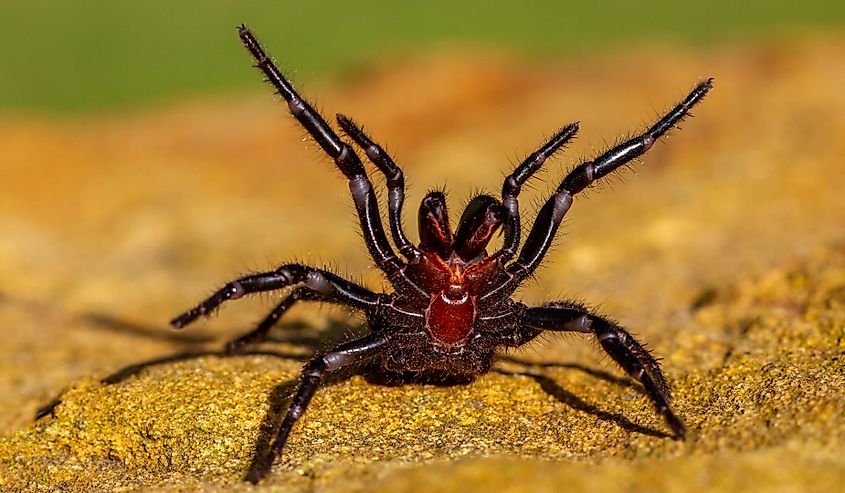
The venom injected by Sydney funnel-web spiders contains a neurotoxic polypeptide called atracotoxin. This agent can wreak havoc on a primate's nervous systems, but curiously, not other mammals. It works by shorting out specific synapses. As a result, nerves fire constantly, but cannot relax, leading to a rapid heart rate, elevated blood pressure, difficulty breathing, double vision, vomiting, and numbness around the mouth (the list goes on). According to Guinness World Records, a dose of just 0.2 mg/kg of the male's venom is enough to kill a human. The venom from females, however, is four-to-six times less potent. If bitten by a male, untreated infants can succumb within 15 minutes, children within hours, and adults within a few days. There have been 13 deaths on record attributed to male Sydney funnel-web spiders.
Thankfully, the advent of antivenom has essentially eliminated human deaths at the hands (or rather, fangs) of Sydney funnel-web spiders. Despite Australia's notorious reputation, not a single fatality has occurred because of venomous spiders since the 1980s. Using robust gardening gloves, wearing thick-soled shoes (if shaken out first), and immediately (but calmly) seeking medical attention when bitten have proven to be an effective trifecta. But what about our beloved pets? Amazingly, cats and dogs naturally neutralize the toxins from funnel web spiders in about half an hour.
Comparing Venomous Contenders
Many spiders are capable of delivering a veritable witch's brew in an act of self-defense, or to unsuspecting prey. These fluids are composed of a wide range of peptides and proteins that are developed by salivary glands and administered by the fangs. In humans, some of these venoms either impact the nervous system (i.e., neurotoxins), or the tissue (cytotoxins). Along with the Sydney funnel-web, other highly-venomous (and therefore, potentially dangerous) spiders to be aware of include the redbacks and black widows (of the Latrodectus genus), the brown recluse (Loxosceles), and wandering spiders (Phoneutria).
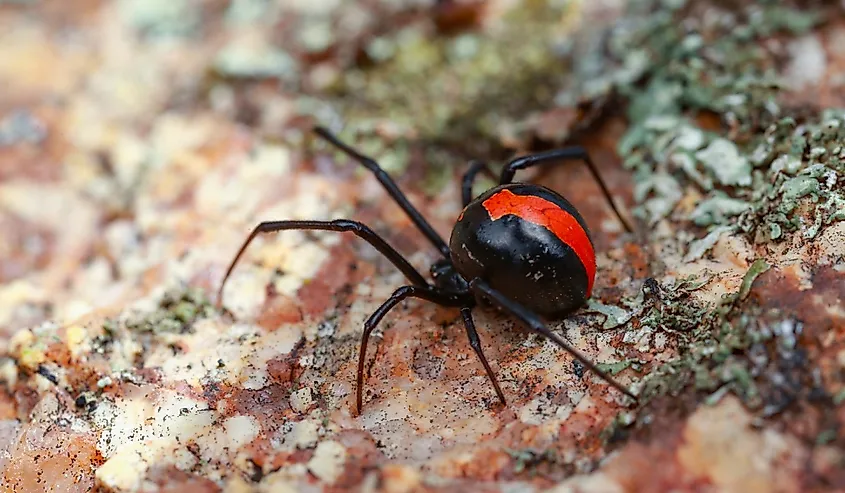
The redback spider (Latrodectus hasselti) also lurks about the Australian continent. It is the only other species of arachnid in the region responsible for killing human beings (though this has never happened since the antivenom was distributed back in 1956). Nonetheless, somewhere around 2,000 people are bitten each year, leading to intense pain, sweating, and nausea/fever.
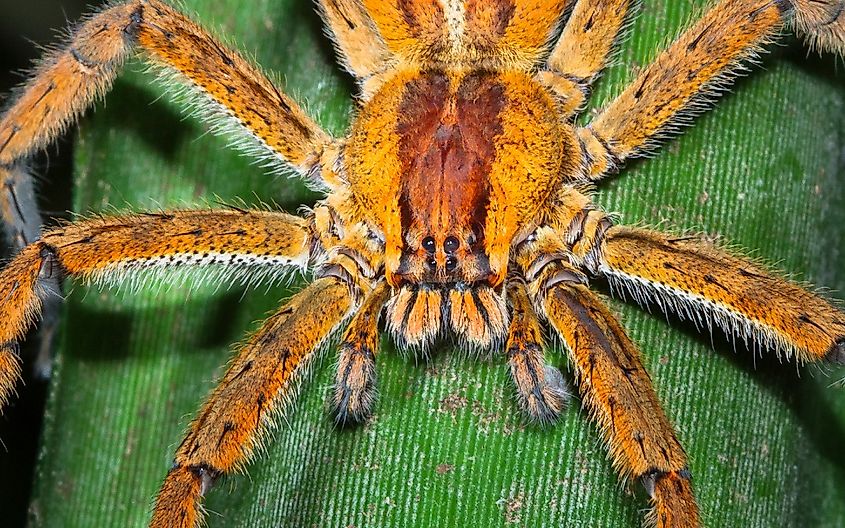
The Brazilian wandering spider (Phoneutria nigriventer and Phoneutria keyserlingi) may not be the most venomous, but its bite is certainly one of the most painful. Between 1970 and 1980, just in Southeastern Brazil (it is found throughout Northern South America and parts of Central America), over 7,000 people were admitted to the hospital because of bites attributed to the "banana" spider (so named because of its propensity for hiding in shipments of the flavorful fruit). Nowadays, about 4,000 bites are reported each year in Brazil, but a small fraction of victims are injected with enough venom to require antivenom. With that said, extreme pain can be felt around the bite mark. Other symptoms include difficulty breathing, loss of muscle control, and, oddly enough, prolonged (and painful) erections in males.
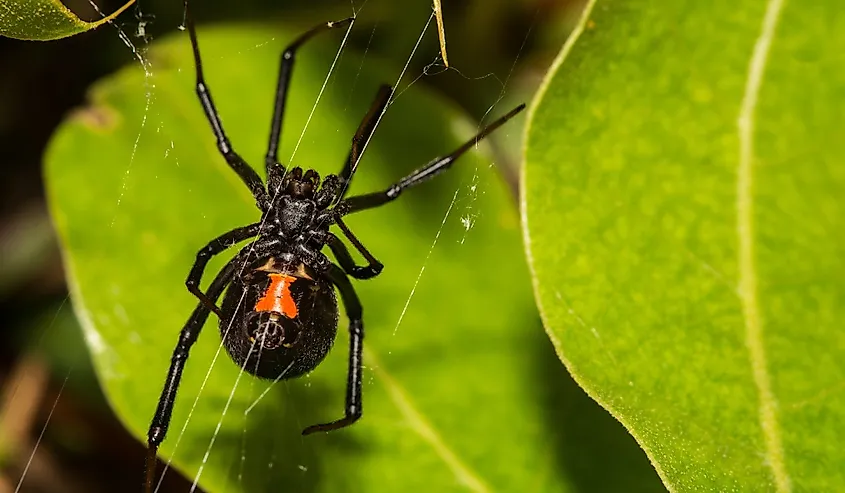
The notorious black widow spider can be found in temperate regions all around the world, but is one of the few stateside spiders that causes alarm. While its venom is reported to be 15 times more potent than a rattlesnake's, unless bite victims already have a compromised immune or cardiovascular system, serious harm is rare. Instead, it is male black widows who must be on their guard, for the females sometimes kill and eat their former mate (which is where the species' common name comes from).
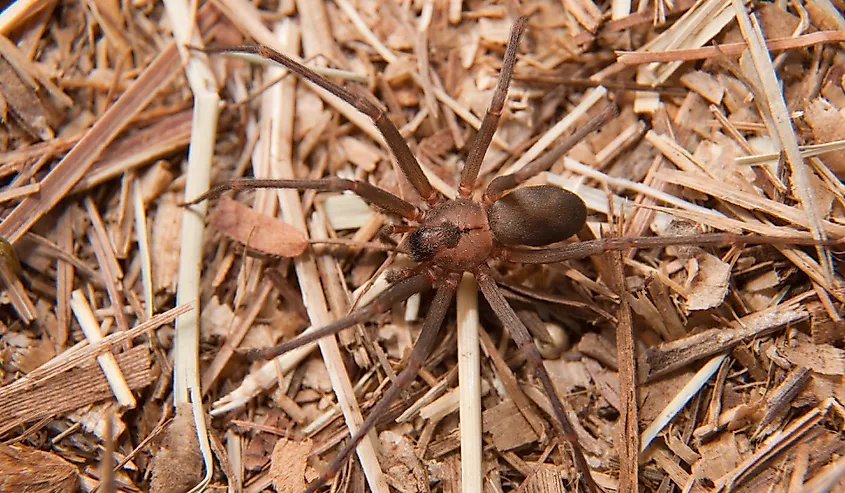
Brown recluse spiders (Loxosceles reclusa) are another highly-venomous species found in the United States (but only the South-Central portion). While its venom is capable of causing necrosis (rotting lesions), about 90% of bites do not require medical treatment (though medical attention should always be sought if you think you've been bitten).
Myths vs Reality
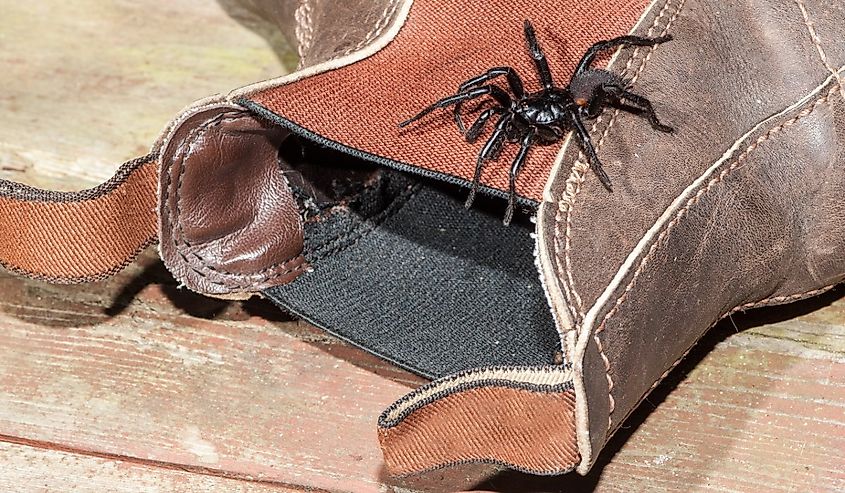
The biggest myth in regards to venomous spiders is simply that they are more dangerous than they actually are. First of all, spiders tend to be reclusive and passive, and would prefer not to interact with humans at all, let alone attack. Spiders focus their aggressive behaviors on things they can actually eat (namely, insects). Secondly, even if they do decide to bite a human, oftentimes, their fangs are not substantial enough to pierce the skin (though children are more susceptible than adults). Even if a spider does break the skin, it is unlikely to release a harmful dose of venom, if any at all (i.e., a dry bite). It requires both time and energy to manufacture venom, and they need this weapon for hunting and defense. Spiders are reluctant to waste this valuable resource. And finally, if all of these previous scenarios play out poorly, antivenoms are widely available in many parts of the world. Isolated and/or developing areas continue to be the exception and where a few fatalities tend to occur.
Another myth about venomous spiders is that bites always require antivenom. For many of the reasons just mentioned, medical intervention is only required in a fraction of cases. Antivenom, like many medicines, can have undesirable side effects, so it is better to take a targeted approach.
Conclusion
The Sydney funnel-web spider is the world's most-venomous spider and an intimidating-looking creature to boot. But with that said, there is no need to cancel your dream vacation to Australia. These spiders, like most wild animals, simply want to be left alone. Funnel-web spiders, in particular, rarely even leave their home. Understanding their preferred habitat and taking simple precautions when wading into these domains has proven to be a sufficient precaution.
In the off-chance that an unsuspecting person, having accidentally stumbled across a male specimen, is bitten, local hospitals can provide efficacious treatments. So, while funnel-web spiders may not be the most popular suburban neighbors, they still serve an important ecological role, and should be respected for it. Spiders eat other unwanted insects and provide a source of food for animals higher up the food chain. What a tangled and beautiful web we all live in.











